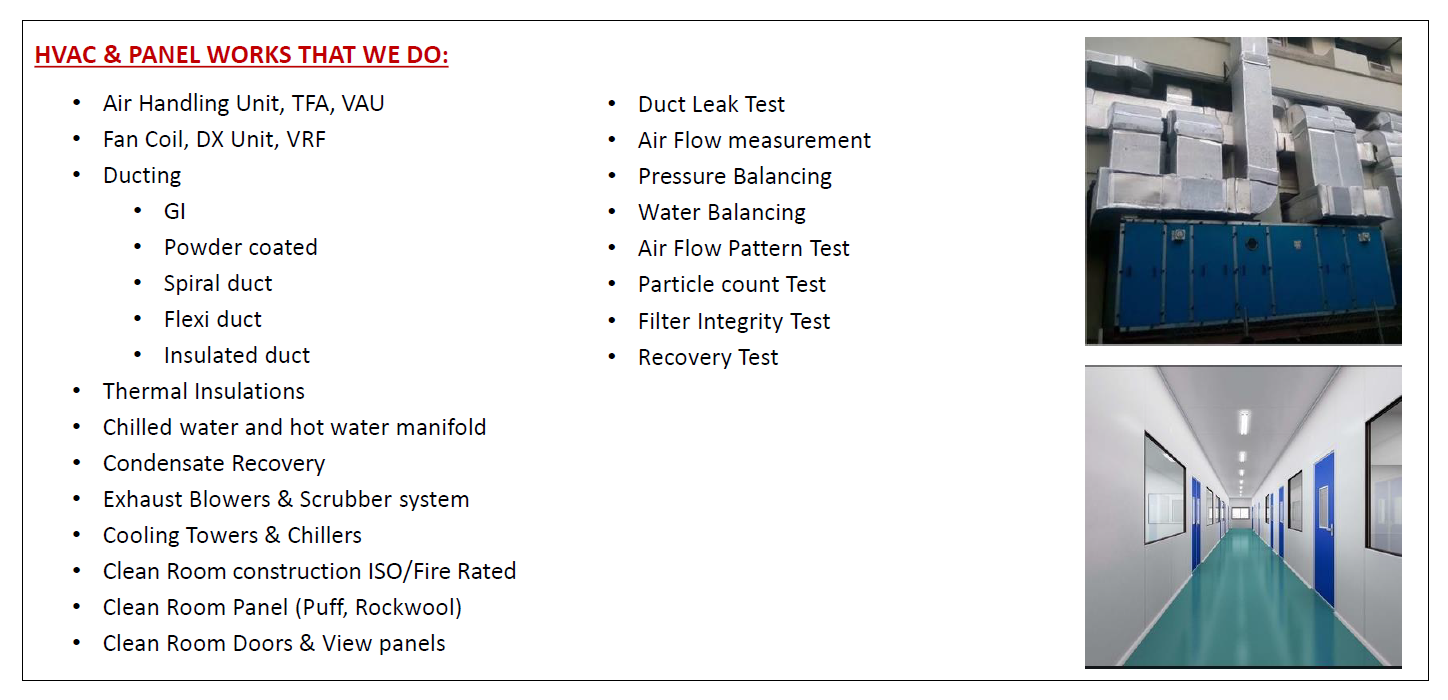HVAC & BMS

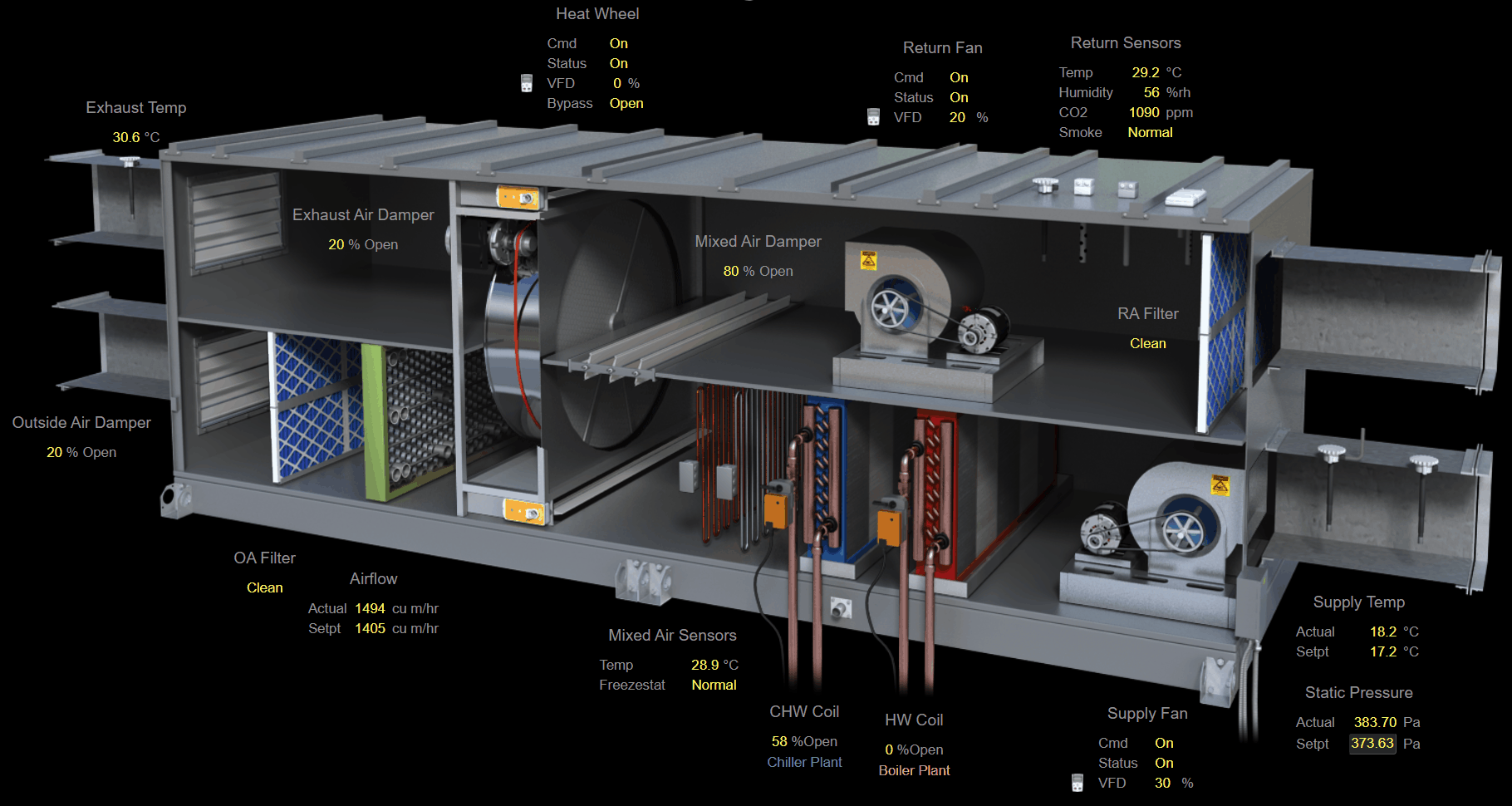

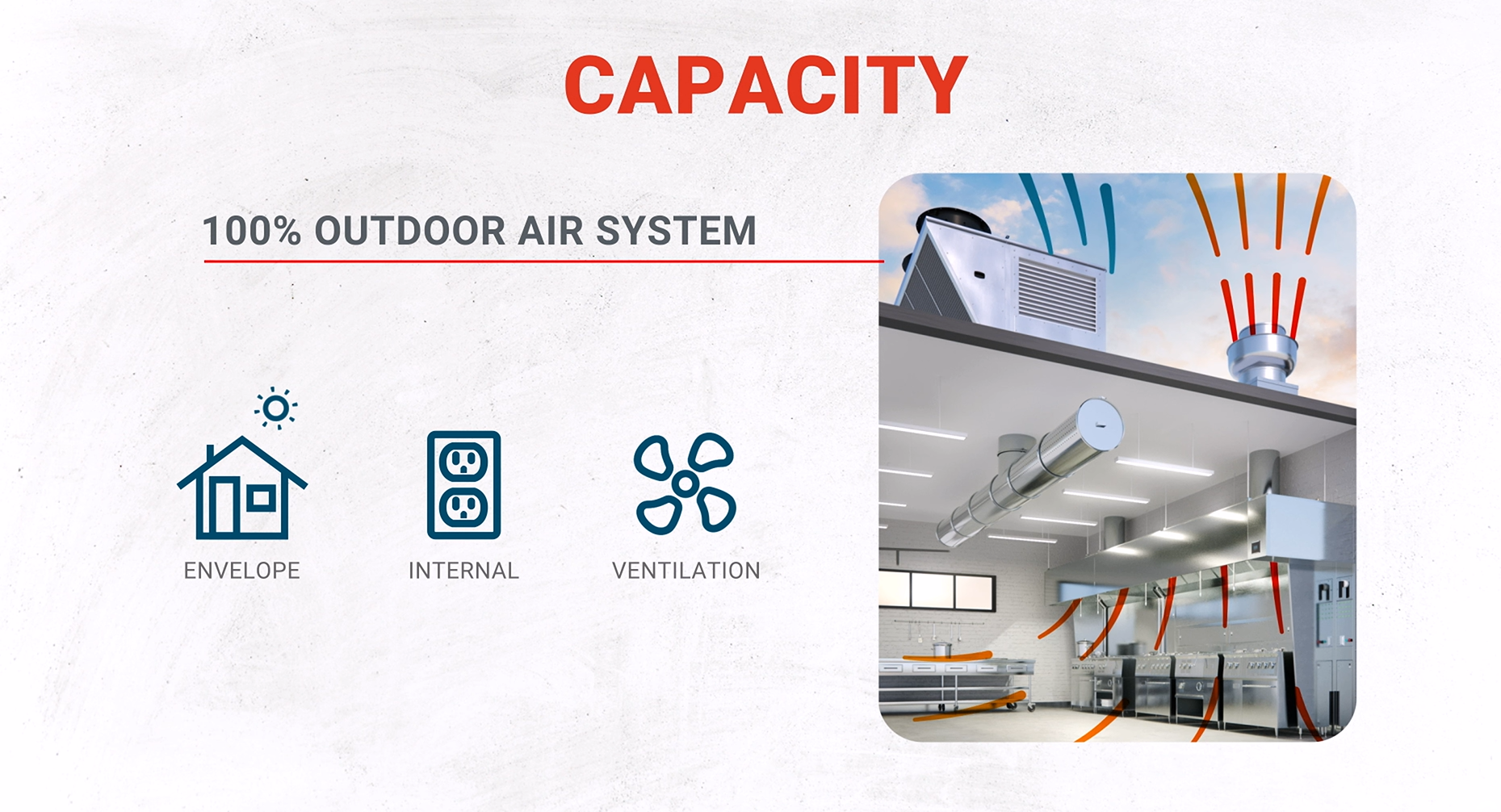
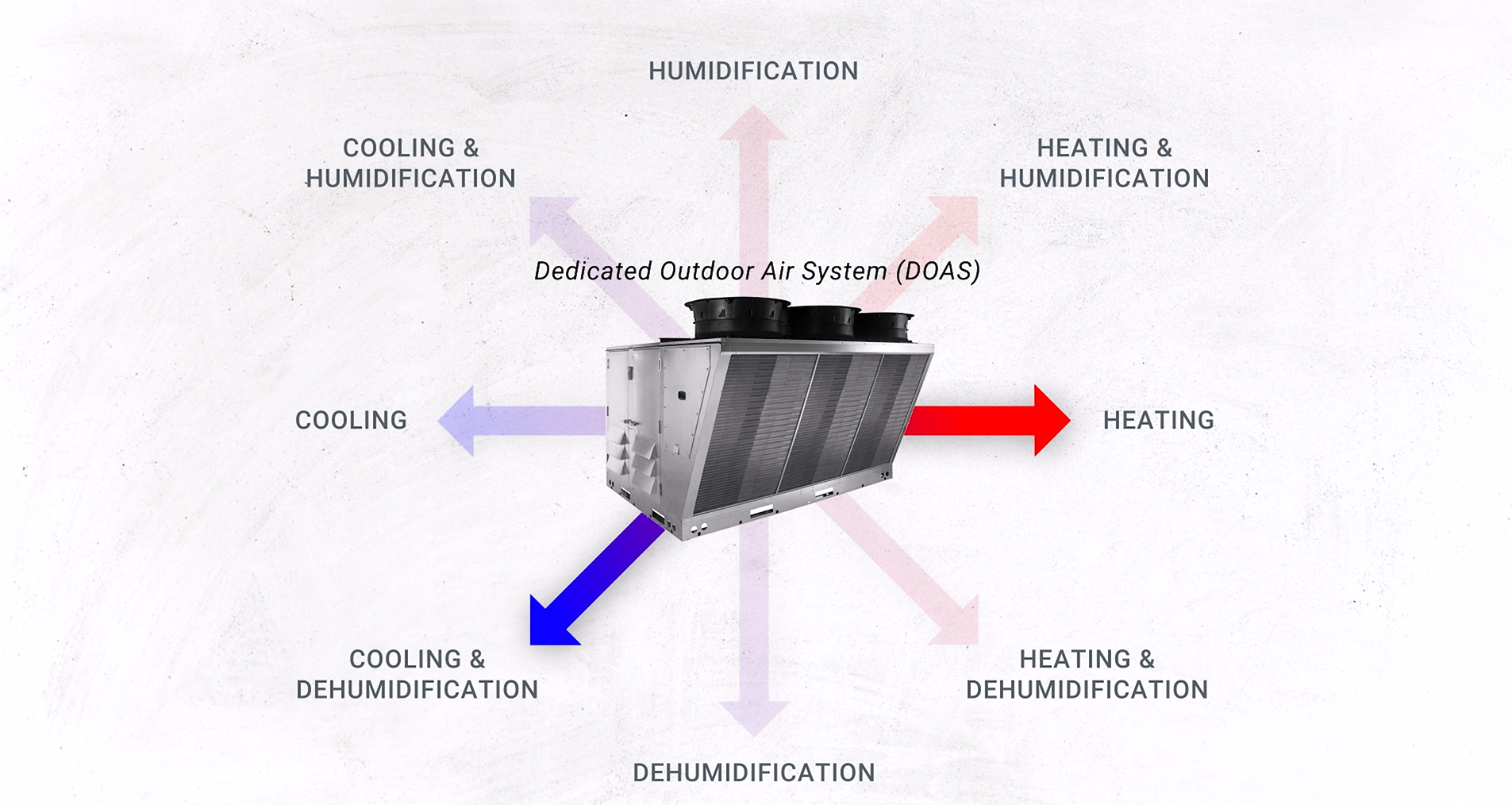
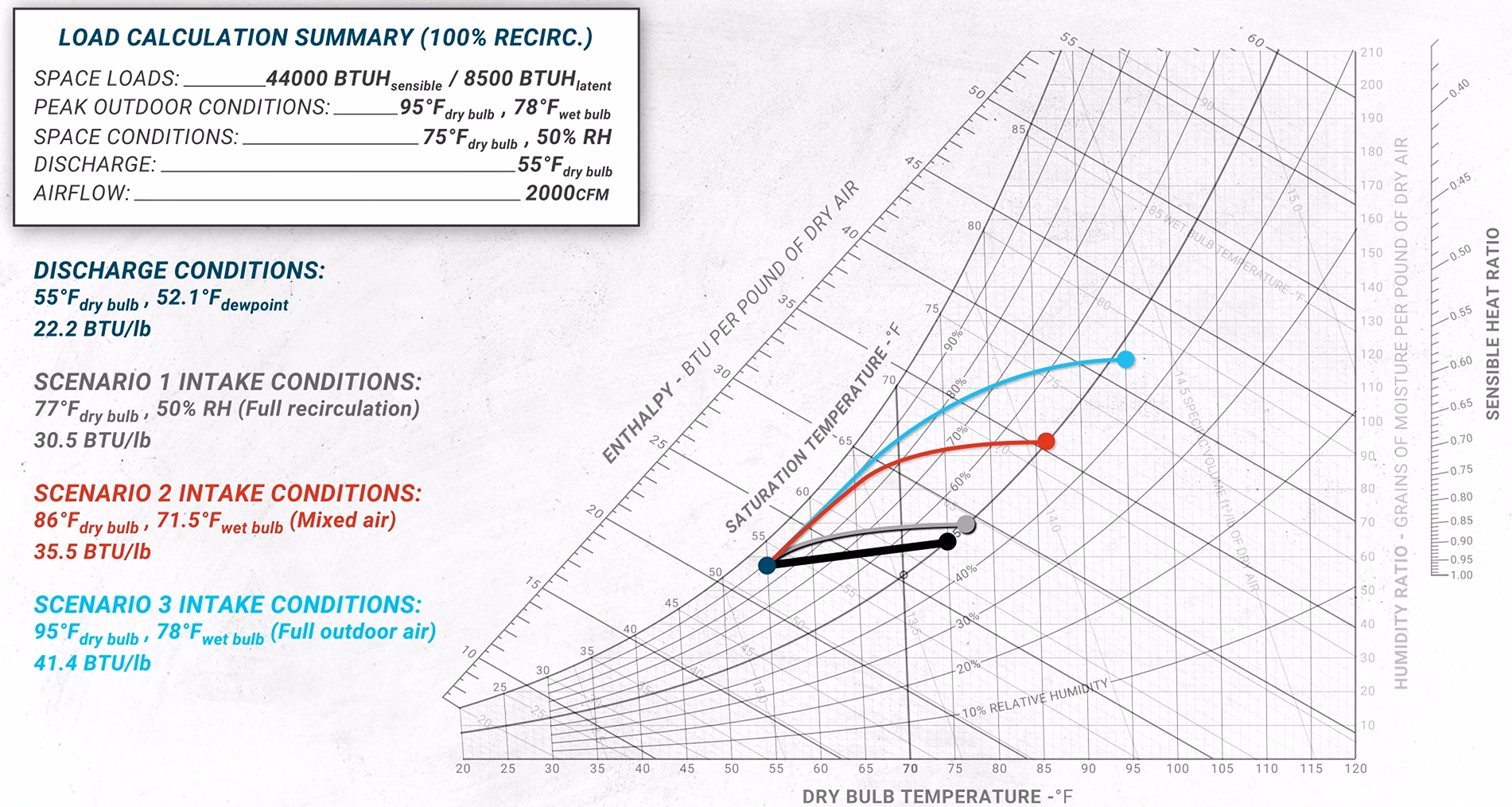
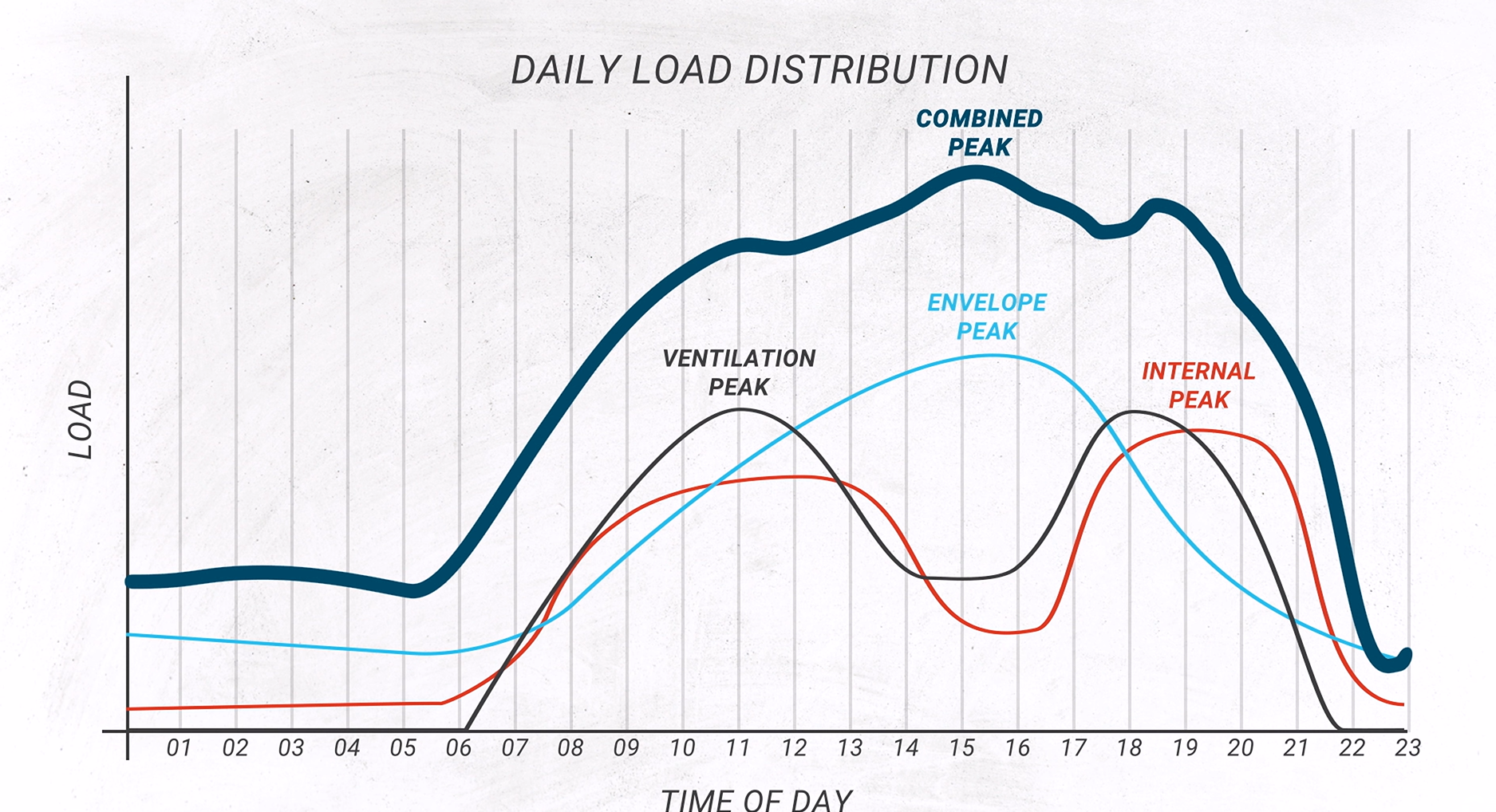
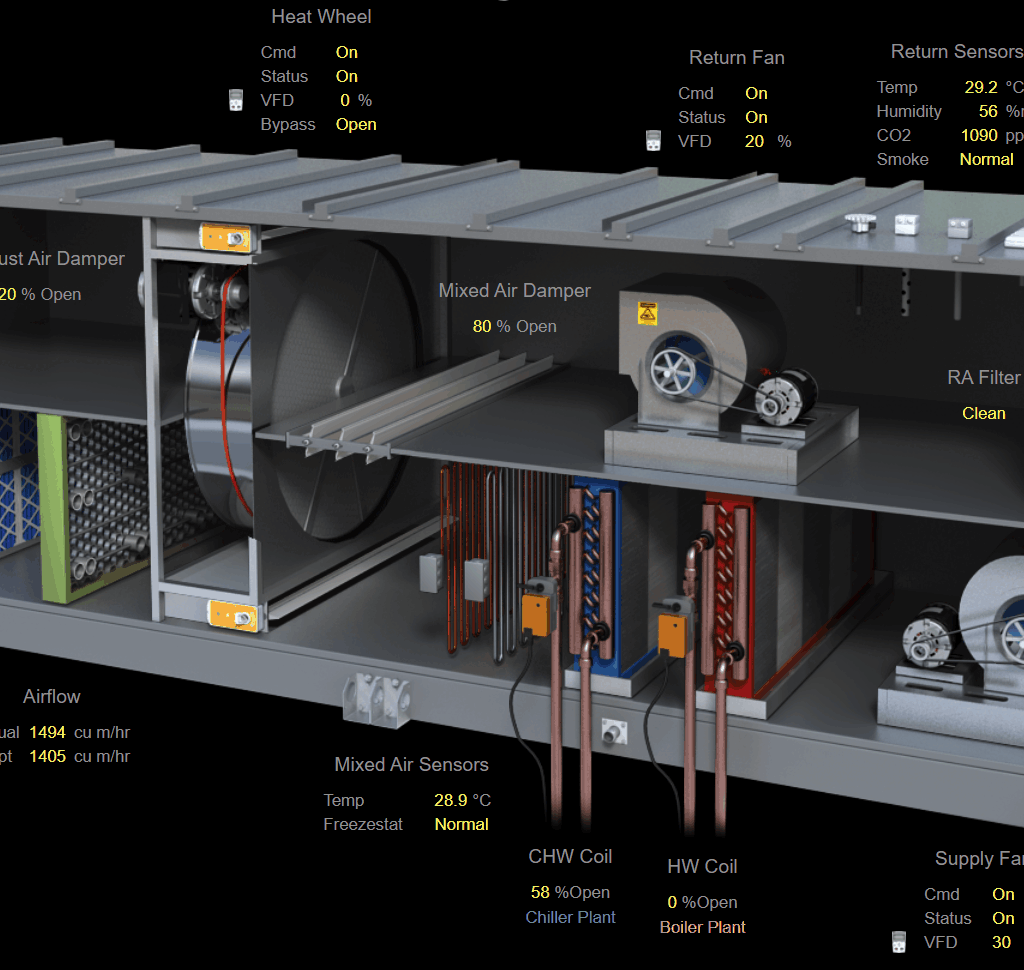
WHAT IS A HVAC SYSTEM?
HVAC stands for Heating, Ventilation, and Air Conditioning. An HVAC system is a technology used in buildings to provide heating and cooling as well as maintain air quality. Here’s a breakdown of each component:
Heating: The heating component of an HVAC system is responsible for raising the temperature of the indoor air during colder months. This can be achieved through various methods such as furnaces, boilers, heat pumps, or electric heaters.
Ventilation: Ventilation refers to the process of exchanging indoor air with outdoor air to improve indoor air quality. Ventilation systems remove stale air, pollutants, and moisture from the building while bringing in fresh air. Proper ventilation helps prevent the buildup of indoor pollutants, controls humidity levels, and ensures a healthy and comfortable indoor environment.
Air Conditioning: The air conditioning component of an HVAC system is responsible for cooling the indoor air during warmer months. This is typically achieved using air conditioning units, which remove heat from the indoor air and release it outdoors, creating a cooler indoor environment. Air conditioning systems also help control humidity levels, enhancing comfort and indoor air quality.
In addition to these primary components, HVAC systems may also include components such as air filtration systems, humidifiers, dehumidifiers, and thermostats to further improve indoor air quality, comfort, and energy efficiency.
Overall, HVAC systems play a crucial role in maintaining comfortable and healthy indoor environments in residential, commercial, and industrial buildings, providing heating, cooling, ventilation, and air quality control throughout the year.
WHY IS SELECTION OF RIGHT HVAC SYSTEM IS IMPORTANT
Selecting the right HVAC (Heating, Ventilation, and Air Conditioning) system is important for several reasons:
Comfort: The HVAC system directly impacts the comfort of occupants within a building. Properly sized and designed systems ensure that indoor temperatures remain within a comfortable range year-round, regardless of external weather conditions.
Energy Efficiency: HVAC systems are significant consumers of energy in buildings. Selecting an energy-efficient system helps reduce energy consumption and operating costs over the long term. Energy-efficient systems may also qualify for incentives and rebates, further reducing upfront costs.
Cost-effectiveness: The initial cost of purchasing and installing an HVAC system is a significant investment. Selecting the right system ensures that you get the best value for your money in terms of performance, reliability, and longevity. A well-designed system may have higher upfront costs but can provide savings through lower energy bills and reduced maintenance and repair costs over its lifespan.
Indoor Air Quality: The HVAC system plays a crucial role in maintaining indoor air quality by filtering out pollutants, controlling humidity levels, and ensuring adequate ventilation. Selecting the right system with appropriate filtration and ventilation capabilities is essential for promoting a healthy indoor environment and reducing the risk of indoor air pollutants and contaminants.
System Compatibility: The HVAC system needs to be compatible with the building’s design, layout, and usage requirements. Factors such as building size, orientation, insulation levels, occupancy patterns, and zoning regulations should be considered when selecting the system. A properly matched system ensures optimal performance and efficiency.
Environmental Impact: HVAC systems contribute to greenhouse gas emissions and environmental pollution through energy consumption. Choosing a system with lower carbon emissions and environmental impact helps reduce the building’s overall carbon footprint and contributes to sustainability goals.
Regulatory Compliance: Building codes and regulations often require compliance with specific HVAC standards and efficiency ratings. Selecting the right system that meets or exceeds these requirements ensures compliance with regulatory mandates and avoids potential penalties or delays in project approvals.
Future Flexibility: The selected HVAC system should be adaptable to future changes and upgrades in building usage, occupancy, or technology advancements. Choosing a flexible system allows for easier modifications and expansions as the building’s needs evolve over time.
In summary, selecting the right HVAC system is crucial for optimizing comfort, energy efficiency, indoor air quality, cost-effectiveness, environmental sustainability, regulatory compliance, and future flexibility in building design and operation. It requires careful consideration of various factors to ensure that the chosen system meets the specific needs and goals of the building and its occupants.
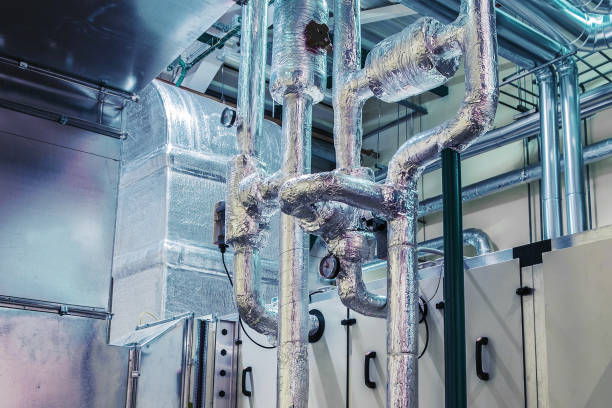
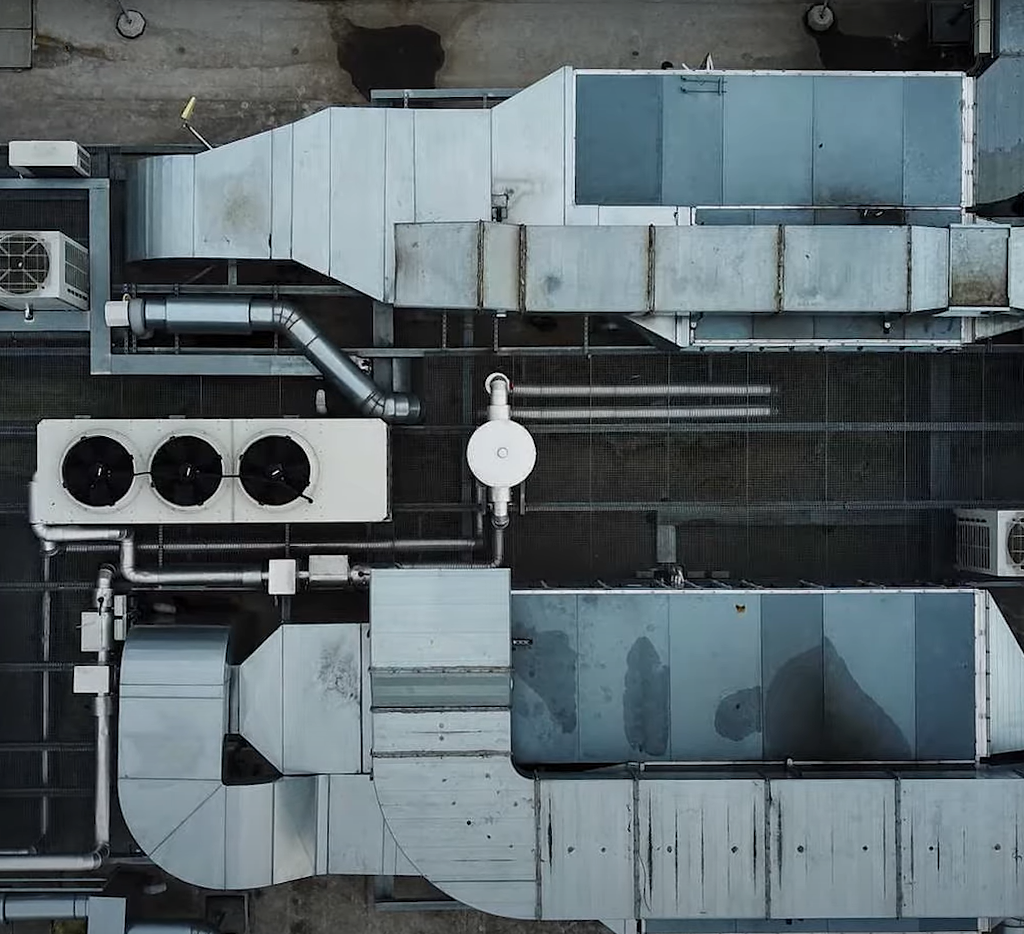
HOW TO GET THE RIGHT HVAC SYSTEM FOR MY PROJECT?
Getting the right HVAC (Heating, Ventilation, and Air Conditioning) system for your project involves several steps:
Assess Project Requirements: Begin by understanding the specific heating and cooling needs of your project. Consider factors such as building size, occupancy type, geographic location, insulation levels, zoning regulations, and budget constraints.
Engage with HVAC Professionals: Consult with HVAC engineers or contractors who have experience designing and installing systems for projects similar to yours. They can provide valuable insights and recommendations based on their expertise and knowledge of industry best practices.
Perform Load Calculations: Conduct heating and cooling load calculations to determine the precise capacity requirements for the HVAC system. This involves analyzing factors such as building orientation, envelope materials, internal heat gains, and climate data to accurately size the equipment.
Consider Energy Efficiency: Prioritize energy efficiency when selecting HVAC equipment. Look for systems with high Seasonal Energy Efficiency Ratio (SEER) ratings for air conditioners and Heat Seasonal Performance Factor (HSPF) ratings for heat pumps. Energy-efficient equipment can help reduce operating costs and environmental impact over the system’s lifespan.
Explore System Options: Evaluate different HVAC system options based on your project requirements and budget. Consider factors such as equipment type (e.g., central HVAC, ductless mini-split systems), fuel source (e.g., natural gas, electricity, geothermal), and distribution methods (e.g., ducted vs. ductless). Compare the pros and cons of each option to determine the best fit for your project.
Consider Indoor Air Quality: Pay attention to indoor air quality considerations when selecting HVAC equipment. Choose systems with effective air filtration, ventilation, and humidity control features to promote a healthy and comfortable indoor environment for occupants.
Review Maintenance Requirements: Assess the maintenance requirements of different HVAC systems and equipment. Opt for systems that are easy to maintain and service to minimize downtime and repair costs over the system’s lifespan.
Factor in Lifecycle Costs: Consider the lifecycle costs of the HVAC system, including upfront installation costs, ongoing energy expenses, maintenance costs, and expected lifespan. A thorough cost analysis can help you make informed decisions and choose the most cost-effective option for your project.
Ensure Compliance: Ensure that the selected HVAC system complies with relevant building codes, regulations, and standards. Verify that the equipment meets minimum efficiency requirements and safety standards mandated by local authorities.
Coordinate with Other Trades: Coordinate with other trades involved in the project, such as architects, structural engineers, and electrical contractors, to ensure seamless integration of the HVAC system with other building components.
Procurement and Installation: Once the HVAC system is selected, proceed with procuring the necessary equipment and materials. Hire experienced contractors to install the system according to manufacturer specifications and industry best practices.
Commissioning and Testing: After installation, commission the HVAC system to verify proper operation and performance. Conduct thorough testing, including airflow balancing, temperature and humidity measurements, and equipment diagnostics, to ensure that the system meets design requirements.
By following these steps and working closely with HVAC professionals, you can ensure that you get the right HVAC system for your project, meeting your specific requirements for comfort, energy efficiency, indoor air quality, and cost-effectiveness.
